Baltimore Bridge Collapse: An Opportunity to Reinforce the Importance of Supply Chain Resilience
Logistics Viewpoints
APRIL 10, 2024
According to a widely cited framework by Christopher and Peck from “Building the Resilient Supply Chain” (2004), supply chain resilience consists of four dimensions: robustness, agility, redundancy, and flexibility. These dimensions are briefly defined and illustrated below.

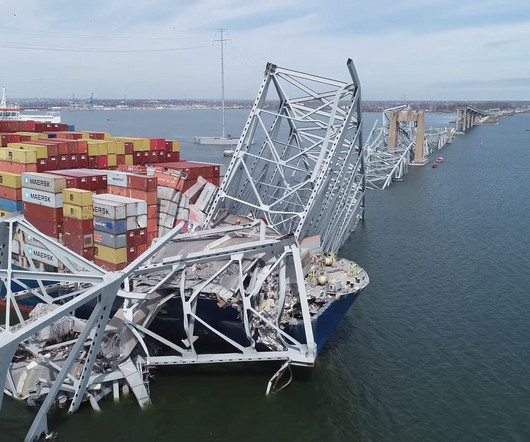








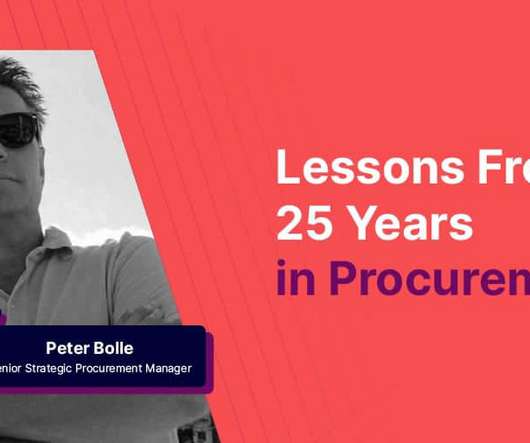



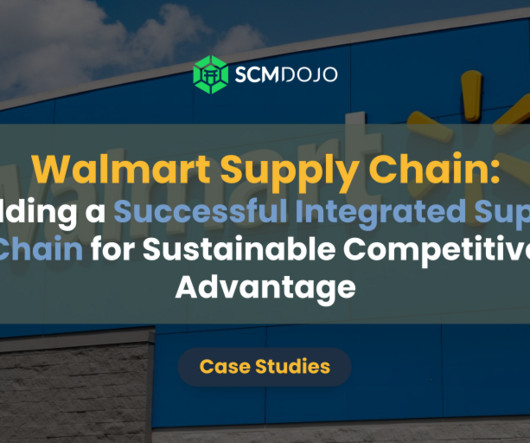








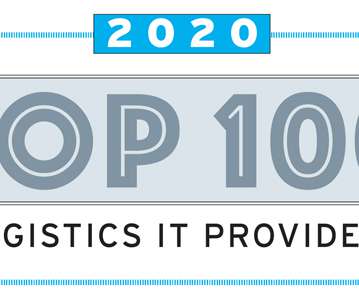






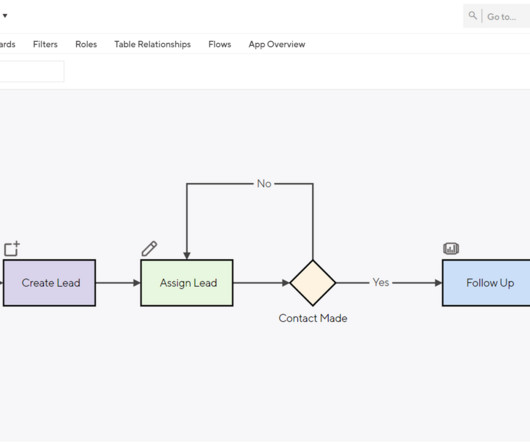

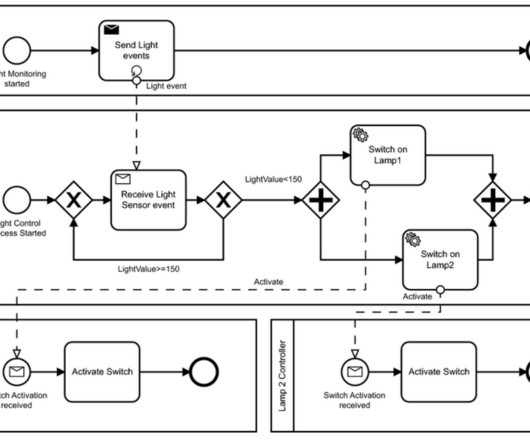















Let's personalize your content